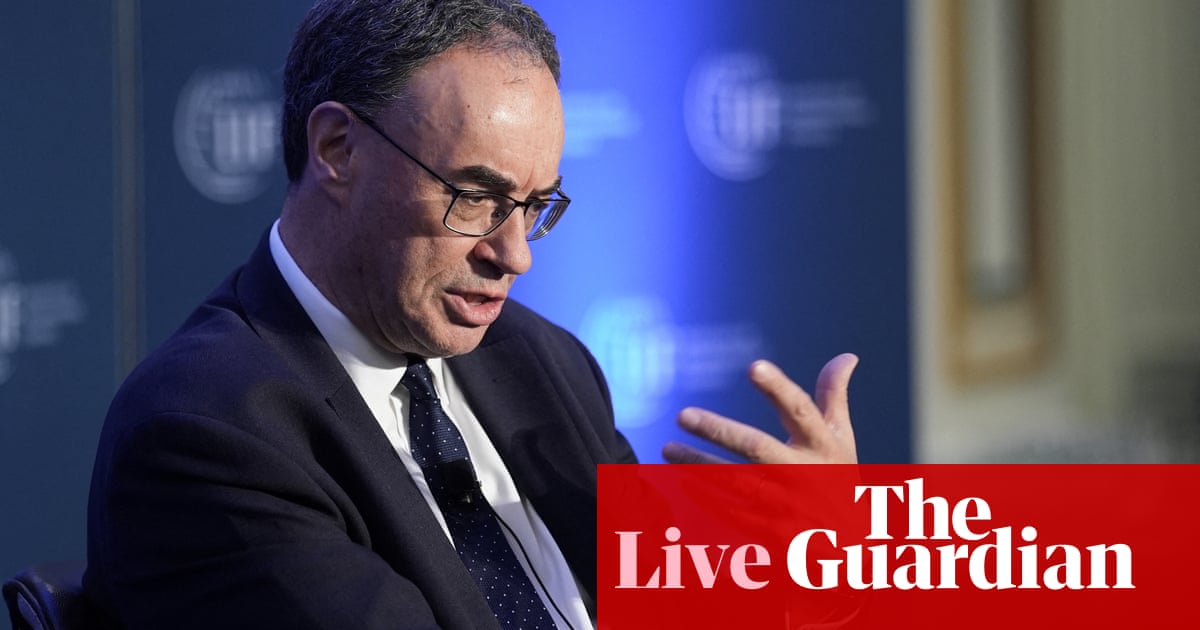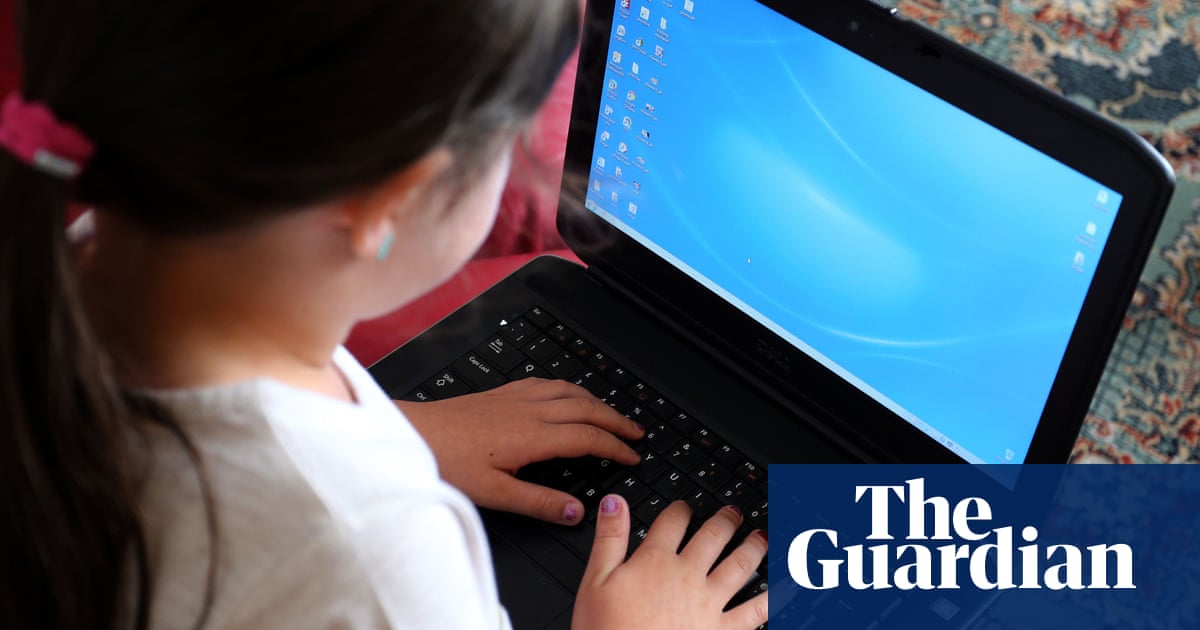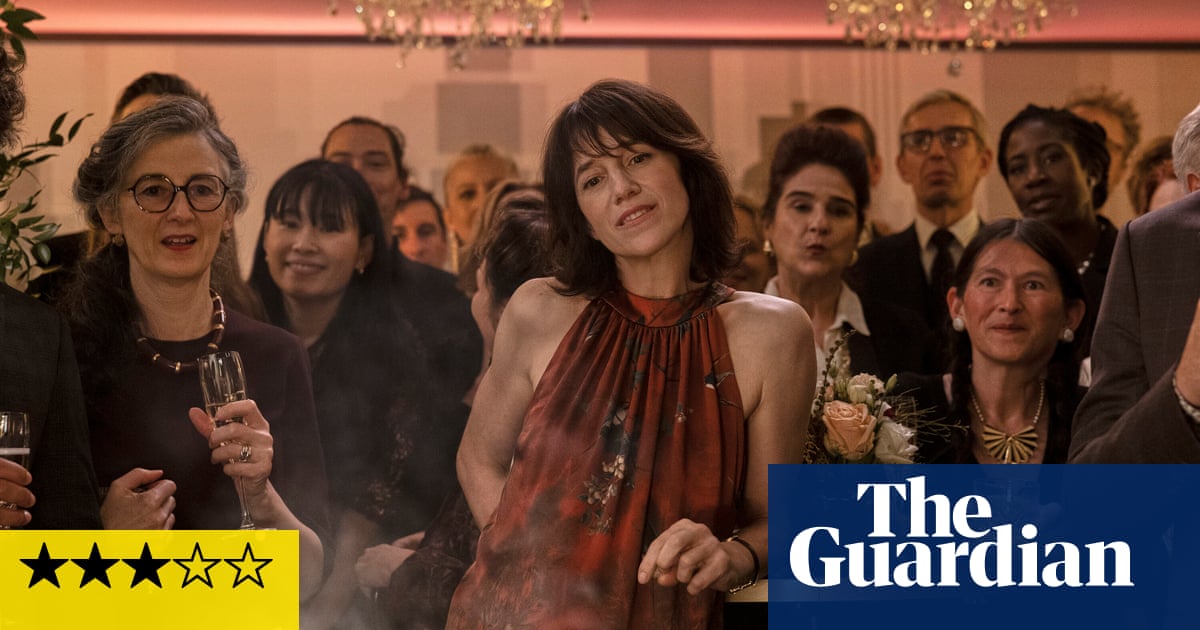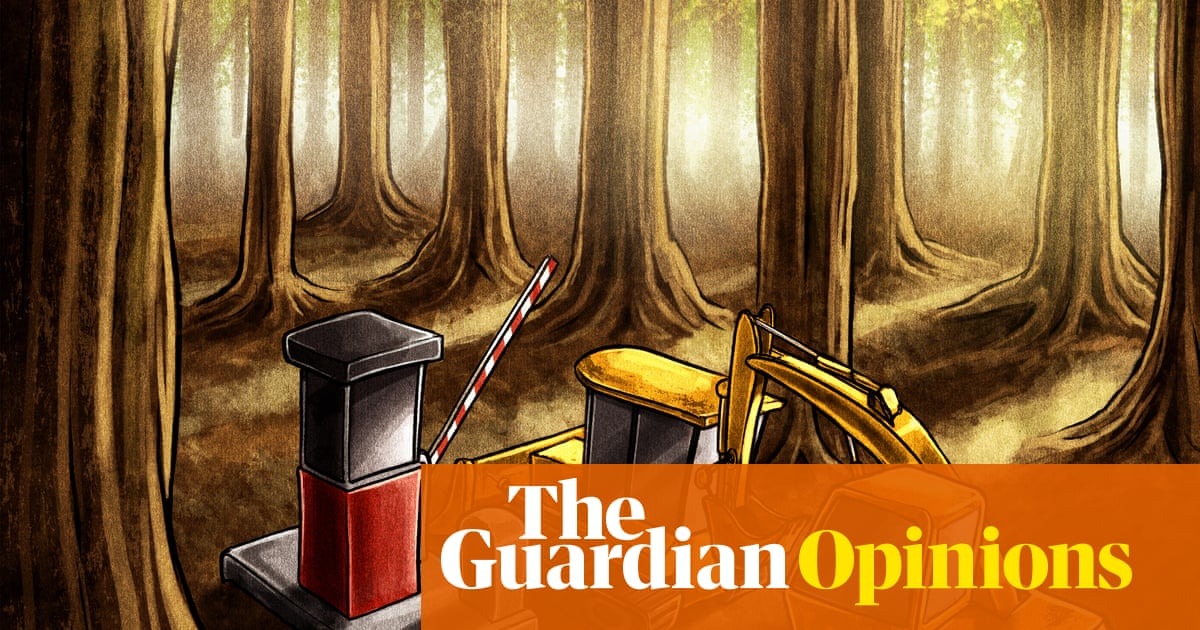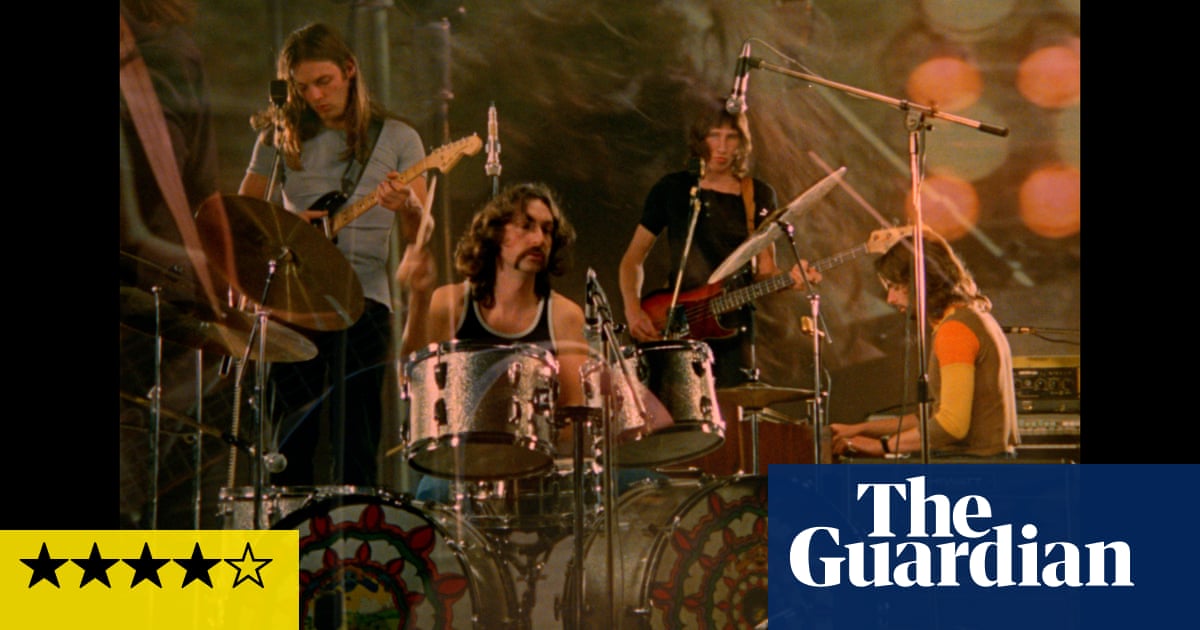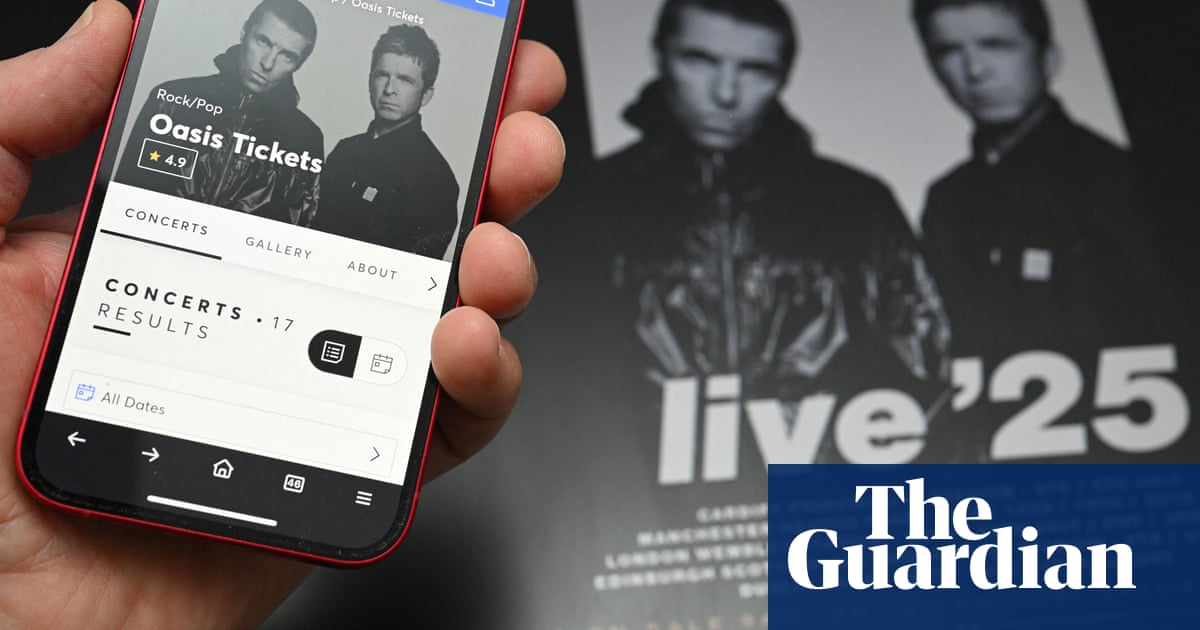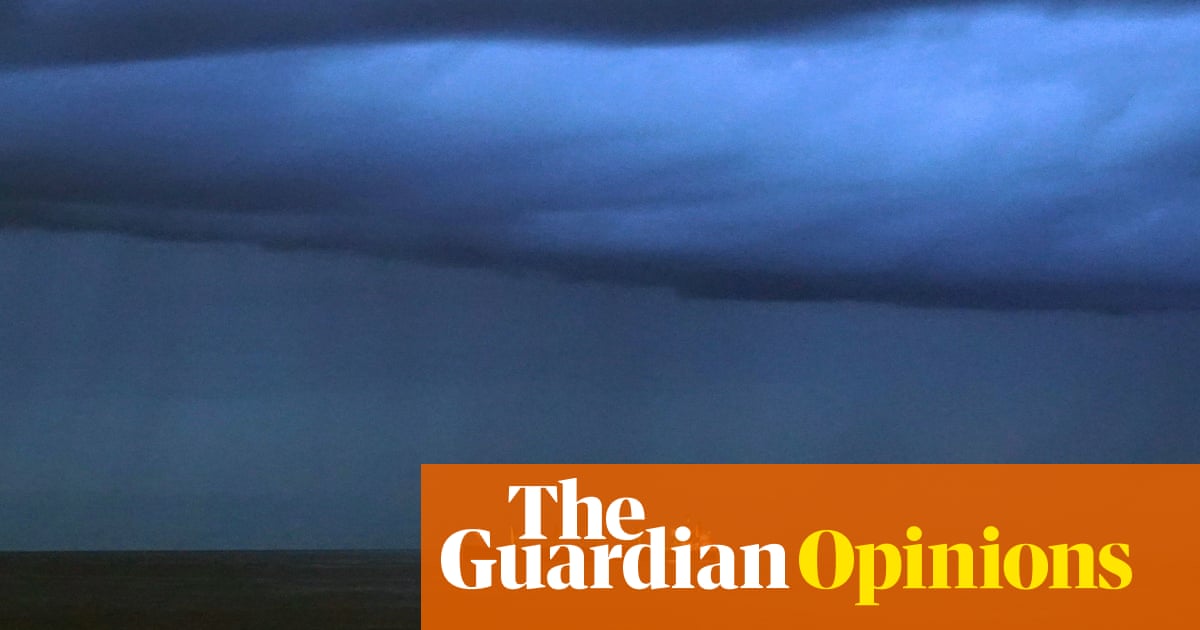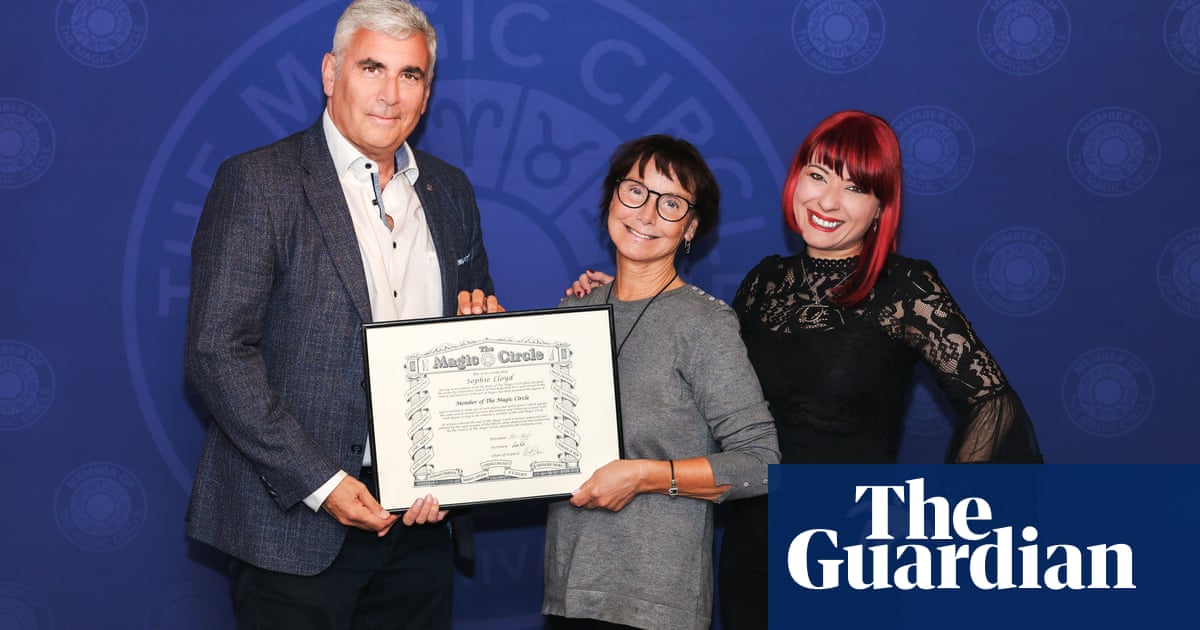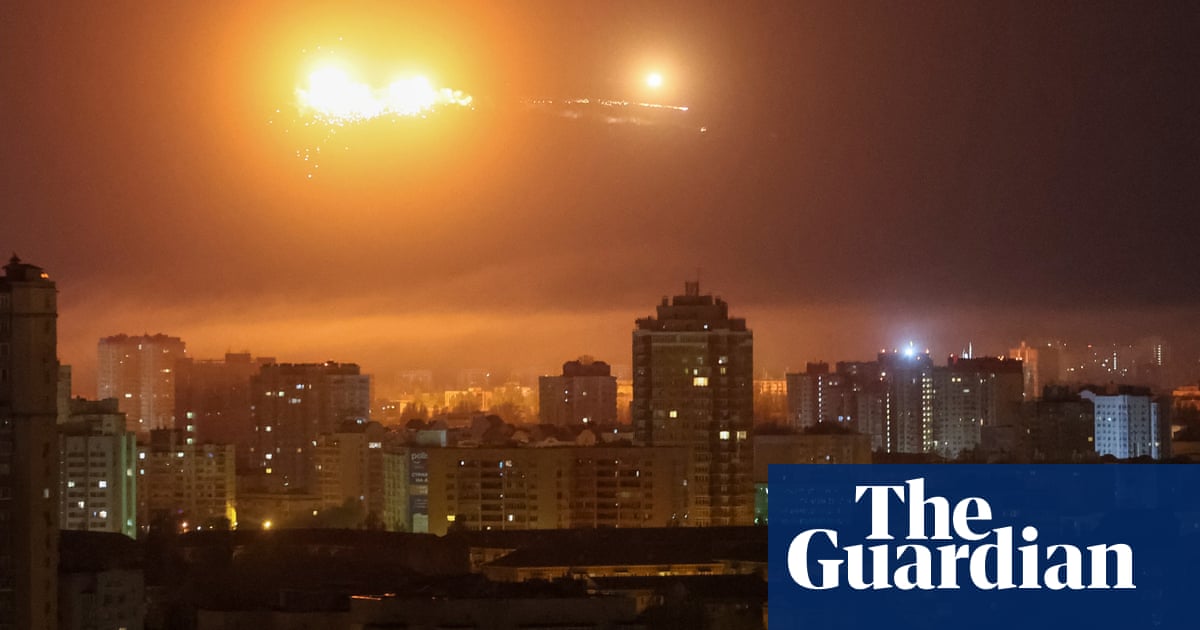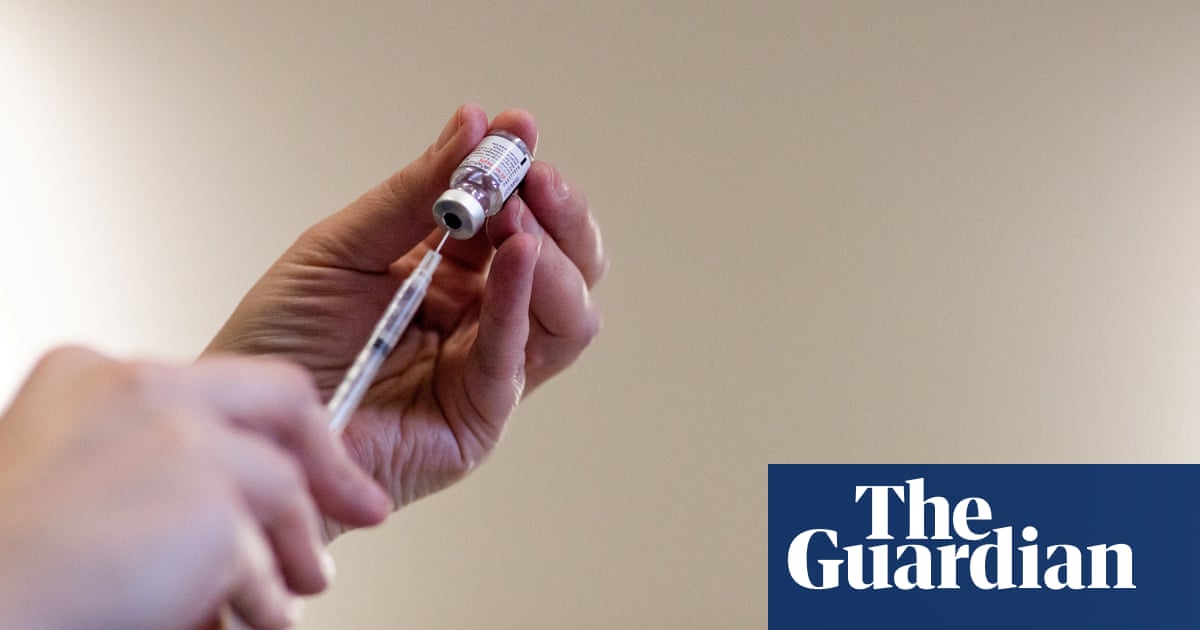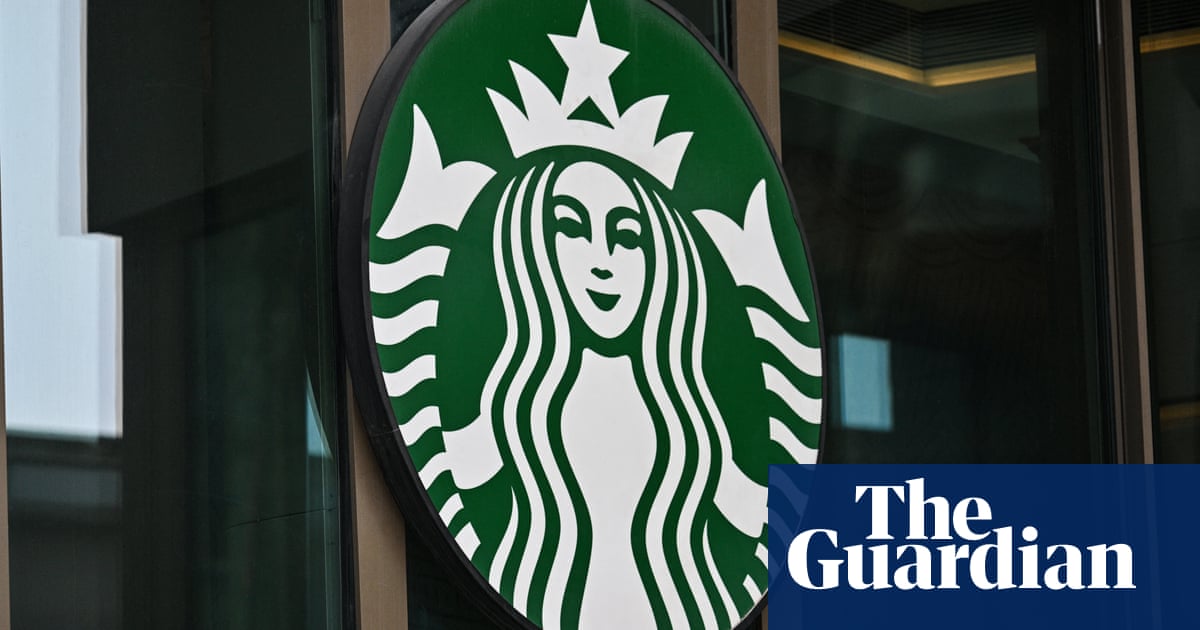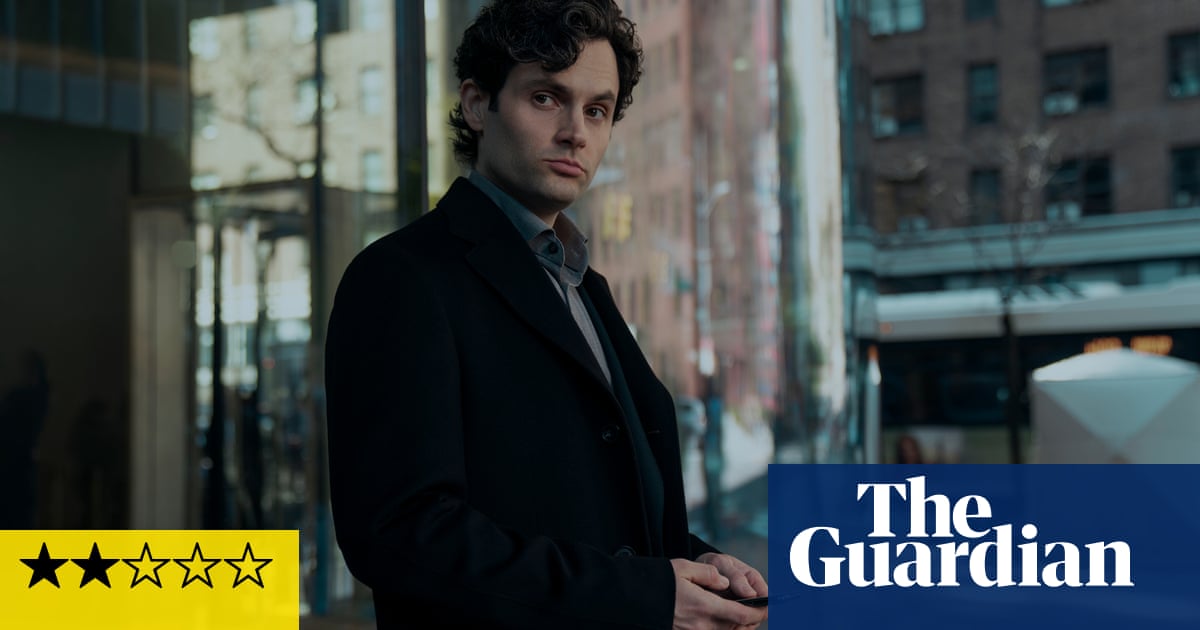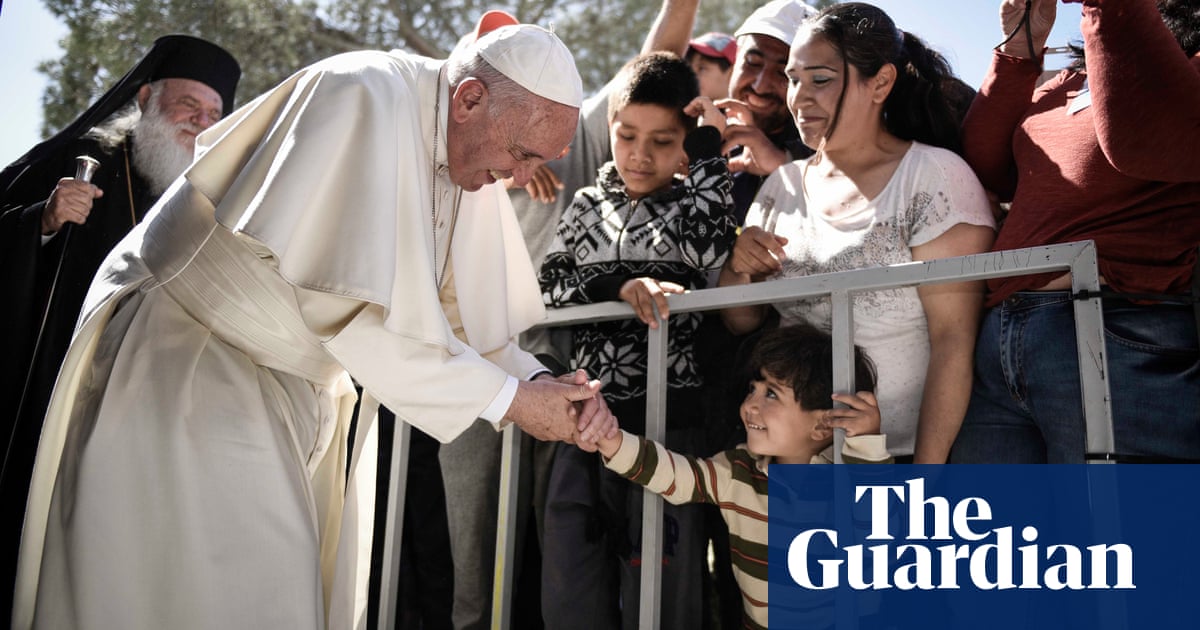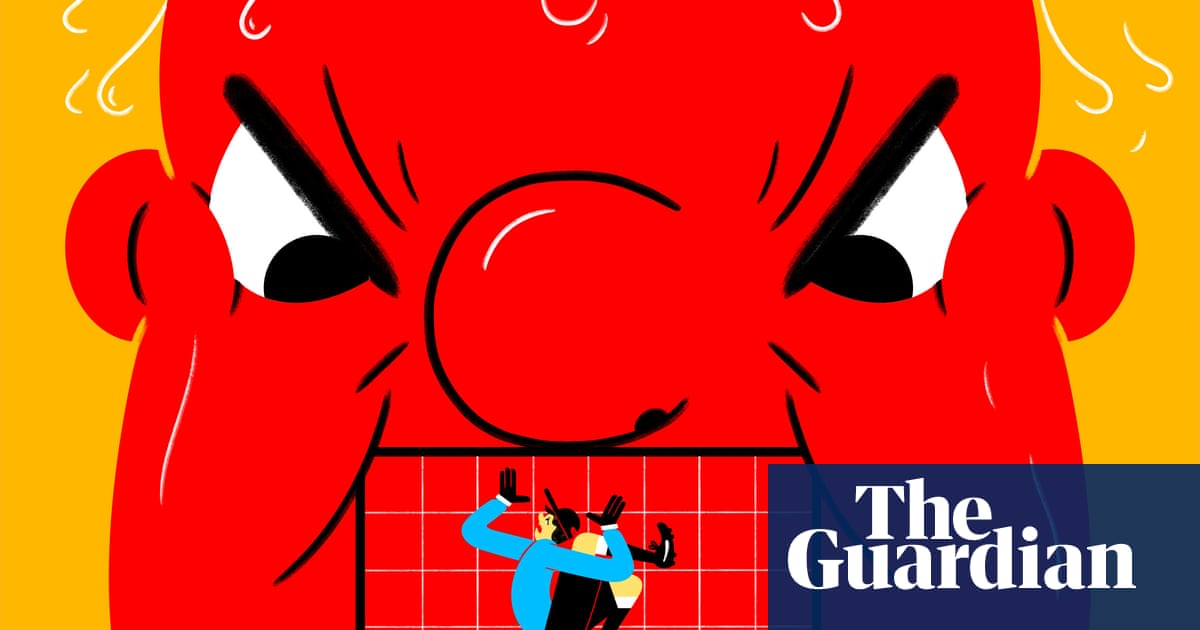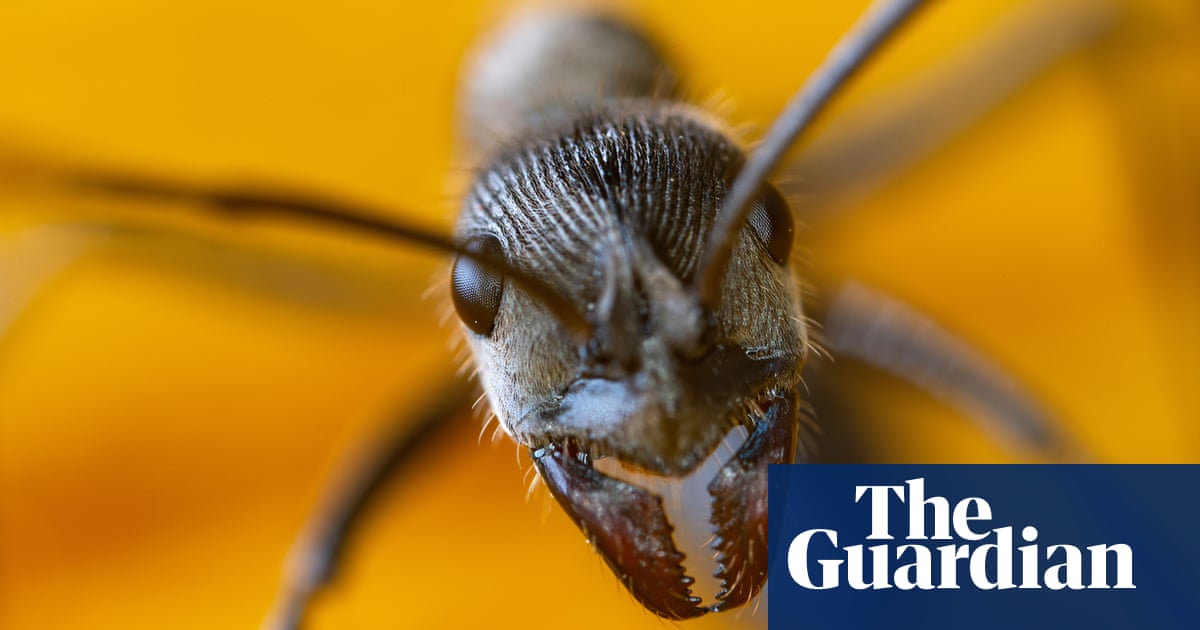At Quiapo church in central Manila, the pews are filled with worshippers. Latecomers gather near the entrance, clutching fans to ease the stifling heat.
A prayer is read out in memory of Pope Francis, known affectionately as Lolo Kiko, or Grandpa Francis, whose image stands framed on the alter.
It’s one of many tributes and services held across the Philippines over recent days, as one of the world’s biggest Catholic populations marks the pope’s death.
President Ferdinand Marcos Jr declared a period of national mourning, lasting until the pope’s burial on Saturday. Buildings – from universities to a shopping mall – have held light displays in the papal colours of yellow and white, and in violet, which is often symbolic of penance. At a major thoroughfare in Manila, a billboard declares: “Pope Francis, thank you very much! We love you.”
Quiapo, like many other churches across the country, rang out its bells to mark his death on Easter Monday.
“Pope Francis is the pope we grew up knowing,” says Mario Amor, 35, a member of Quiapo’s congregation. “For me, he is a very kind pope.”
On the bustling boulevard outside the church, stalls are stacked with rosary beads, T-shirts emblazoned with Jesus’ image, and figurines of Catholic saints.
Veronica Reponte, who has had a stall outside the church for two decades, vividly remembers when the pope visited the Philippines in 2015. She took her son, then aged eight, along with her to watch the procession at Manila’s Rizal park. “I didn’t have a raincoat and my umbrella couldn’t withstand the rain,” she recalls. Miserable weather didn’t stop the public from turning out. A record crowd of up to 7 million watched his procession.
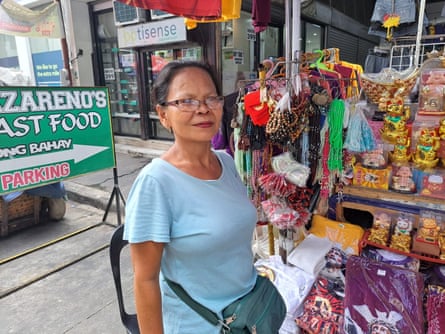
There had been a frenzy of excitement in the run-up to his arrival. Sales of anything pope-related on Reponte’s stall soared – calendars, posters and even handkerchiefs decorated with Francis’s face. “I’d wished I’d be able to see him again,” she says.
In the Philippines, where 80% of the population is Catholic, popes are always revered. Francis, however, was especially well loved. Many fondly remember his 2015 visit, which came just over a year after the country had experienced the devastating Typhoon Haiyan that killed more than 6,000 people.
Francis was reportedly advised to postpone his trip to Tacloban, the area worst affected, because of the risk of a tropical storm, but he was determined to go ahead. In a yellow poncho, battered by wind and rain, he stood before thousands of typhoon survivors, telling them: “I am here to be with you.” Men and women wept as he spoke.
Francis was a pastor who “understood what suffering meant for Filipinos”, and who visited “at such an important period in our history”, says Jayeel Cornelio, a sociologist who specialises in the role of Catholicism in contemporary Philippines.
He also opened up the church to groups who had been otherwise excluded, including the LGBTQ+ community. “A lot of Filipinos [have described] … on social media how this was a man, in spite of representing a conservative institution, who gave hope, about how faith might be evolving,” Cornelio says.
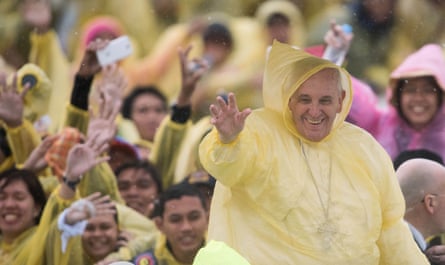
Catholicism, brought to the Philippines by Spanish colonisers in the 16th century, is deeply interwoven with the country’s culture and has shaped its laws. Abortion is banned, and adultery and “concubinage” carry jail sentences of at least six months. It is also the only place in the world, other than the Vatican, that does not have a divorce law – though there are efforts to change this – and public opinion has become far more sympathetic to divorce over recent years, reflecting the changing role or understanding of Catholicism in the country.
The church was once so politically influential that it was at the forefront of movements to oust two presidents, including the late dictator Ferdinand Marcos Sr. Its power has waned, however. The presidency of former leader Rodrigo Duterte, who presided over a deadly “war on drugs” that activists believe killed as many as 30,000 people, was a particularly difficult time. Priests were conflicted: some risked retaliation by criticising the killings, others did not.
Duterte remained highly popular throughout his presidency, despite international condemnation. Francis worked “under the radar” to offer support to those who spoke out, says Cornelio.
Leila de Lima, a former senator and human rights activist who was a fierce critic of Duterte, wrote in a statement this week: “During one of the darkest times in my life, I received a rosary from Pope Francis. It came quietly, without fanfare, but its meaning was profound. In that moment, I felt seen. I felt remembered.”
Other rights groups also paid tribute. The Filipino LGBTQ+ group Bahaghari noted his “progressive yet controversial stance”. The group was, it says, hopeful that Francis’s papacy “becomes the spark” for a more inclusive church.
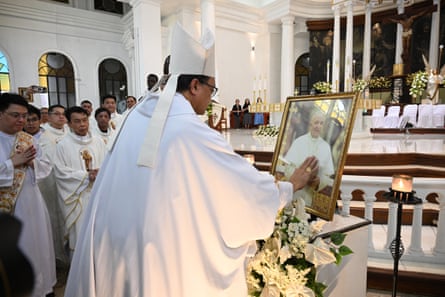
Now Filipinos are bracing for the next pope, wondering whether he will continue Francis’s inclusive legacy or revert back to a more conservative approach.
The next pope will be selected by the College of Cardinals, many of whom were appointed by Francis and reflect a more diverse church.
Luis Antonio Tagle, 67, from the Philippines, is among those in the running. He has a similarly progressive outlook, having suggested that the Catholic church’s stance on gay and divorced couples is too harsh. He has, however, opposed abortion rights in the Philippines.
If chosen, Tagle would be the first pontiff from Asia, the region with the fastest-growing Catholic population.
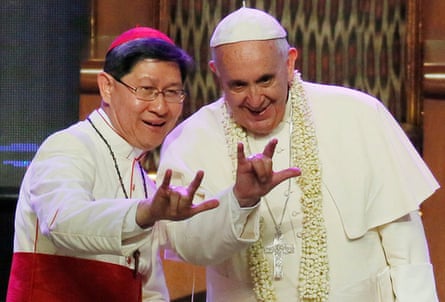
“The Italians might still want to be in power, but the signs of the times have changed,” Cornelio says.
If he were appointed, the country would be overjoyed, he says. “The Philippines is all about national pride, from Miss Universe to boxing.”
But back at Quiapo church, Mario Amor thinks there are forces greater than the conclave at play in the selection of the new pope.
“I’m OK whoever will replace him,” he says. “The lord will appoint whoever is deserving.”

.png) 2 hours ago
4
2 hours ago
4
